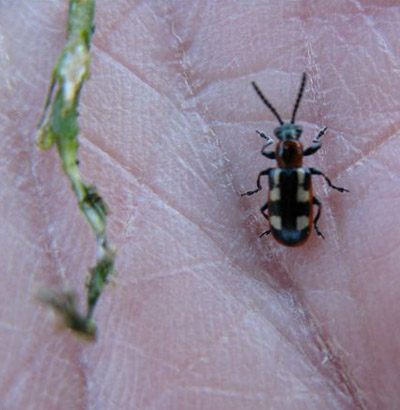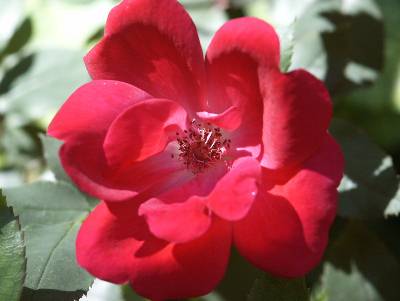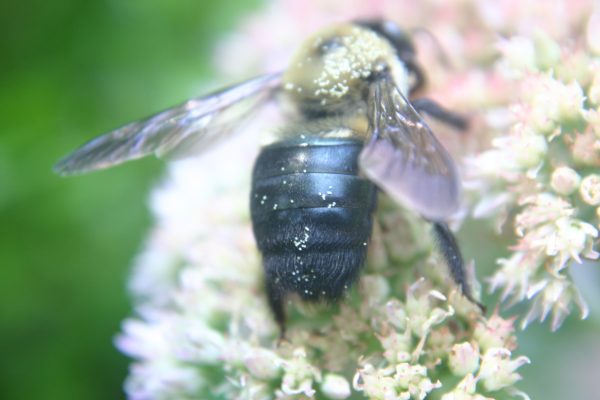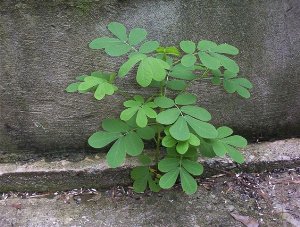Fertilizer – How to Buy
I recently saw a description of a fertilizer in a newspaper. It said that a 12 ounce bottle of the stuff provided the same level of nutrients as a 25 pound bag of 20-8-6! Intrigued by the narrative, I called the manufacturer of the product. A spokesperson said that the article had misquoted her, confusing their 5 gallon product with their smaller, homeowner product. That made sense to me because it is impossible for 12 ounces of fertilizer to equal 25 pounds of plant food. Later, I wondered how many other readers had gotten the opposite impression.
This leads me into a discussion of fertilizer claims in general. Master Gardeners and Extension agents all over Atlanta report a constant stream of questions about what is the “right” fertilizer for their roses or tomatoes or lawn grass. At garden centers homeowners find many competing brands of “Rose Fertilizer”, “Azalea Fertilizer”, “Tomato Fertilizer” and “Lawn Fertilizer”. Which is the correct choice?
The three nutrient numbers on the containers provide little help in determining which product is best for their plants. This confusing situation has been produced by marketers, seeking increased sales, not gardeners endeavoring to have healthier plants. Marketers and advertisers excel at creating “choices” for the gardener. While there are sometimes advantages offered by competing brands of fertilizer, great graphics do not make a good fertilizer product.
In my experience, plants do not read fancy labels. (BI) You (EI) read the labels and decide what to buy. So, how do you decide what will best feed your plants? You can give them what they need by remembering this simple phrase: “UP – DOWN – ALL AROUND”. In simple terms, the first number on a fertilizer bag promotes the growth of leaves (UP), the second number promotes roots (DOWN) and the third number promotes resistance to stress (ALL AROUND). If you intend to fertilize your lawn, look for a product that has a higher first number. From this, you know that a bag of 16-4-8 or 29-3-4 will keep your lawn green if you follow the application rate on the label.
Similarly, 6-8-8 or 18-29-6 work well as root-stimulating fertilizers. An additional benefit of a fertilizer having a high middle number is that flowering and seed production are also increased. Most “winterizer” fertilizers (22-3-16, etc) contain a high amount of the last number: the nutrient Potassium. Gardeners with heart problems know how important it is to monitor their potassium levels. Potassium helps plants maintain thick cell walls and to resist stress.
What fertilizers do I use? I keep bags of 16-4-8, 10-10-10 and 5-10-15 in my garden shed. With them I can feed almost all of my landscape plants. I also use slow-release fertilizer pellets (Osmocote, Sta-Green, DynaMite, etc.) for my annuals when I plant them. I find the water-soluble fertilizer powders useful when I need to give nutrients to individual plants. My plants are happy and green and my pocketbook is thicker when I use these basic fertilizers.
















